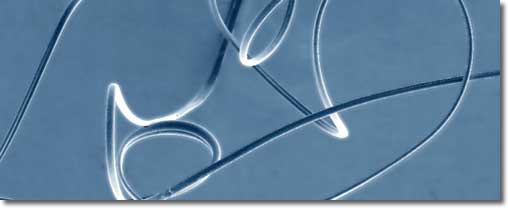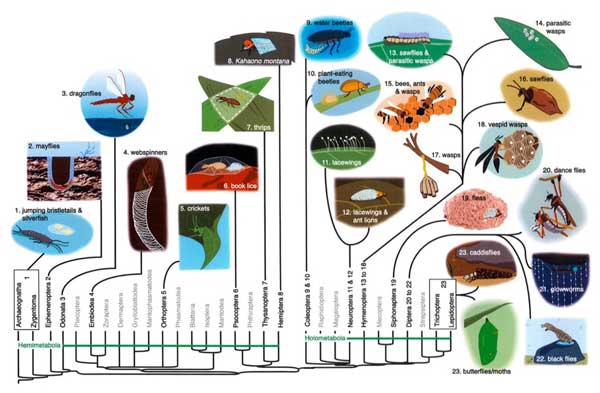Silks & Secretions

Image: Bronwen Cribb
Silk
How do you define silk?
We immediately think of lepidopteran and spider silk. Most or all lepidopteran larvae produce silk, and the most famous examples are the silkworms, Bombyx mori. But many insects produce silk-like materials and from many parts of the body, so silks aren’t all homologous—they have evolved independently. A definition of silk from a recent review in Annual Review of Entomology is:
A functional term used to describe protein fibres spun by a number of arthropod lineages. Spinning does not involve any sort of rotation or twisting of the fibre but refers to the process of making an insoluble filament from an aqueous protein solution. |
|
alternative format (.mov) 13MB NEW audio file (redone to remove skips); you may want to listen to this file while reading the pdf |
Phylogeny of Silks
In this diagram, from Sutherland et al (2010), silk-producers are placed on a phylogenetic tree. You don’t need to memorise the tree or all of the silk-producers. The aim is to show you how silks have evolved independently in many different lineages for many different purposes.
Image from Sutherland et al., 2010.



 Mini-lecture:
Mini-lecture: